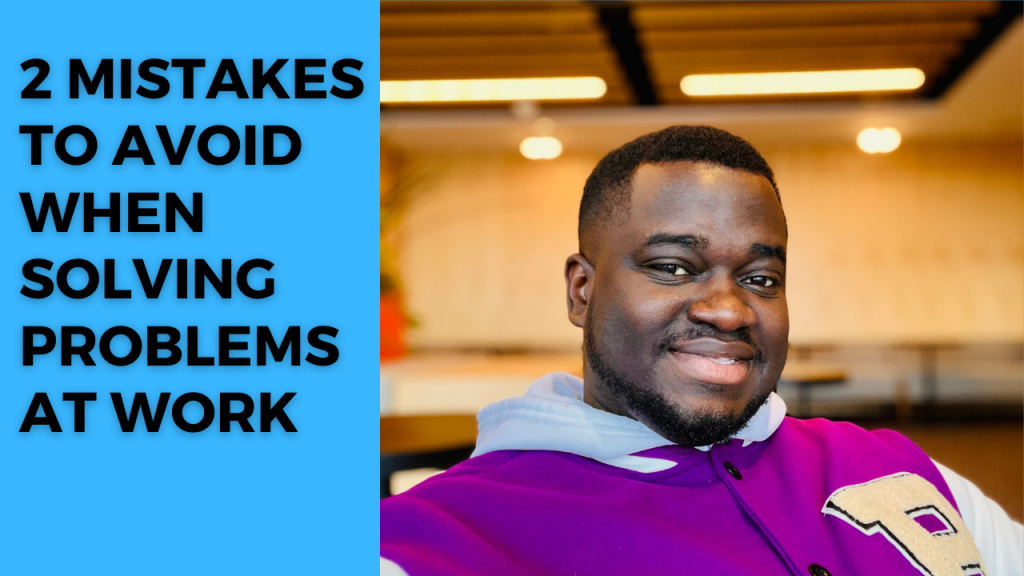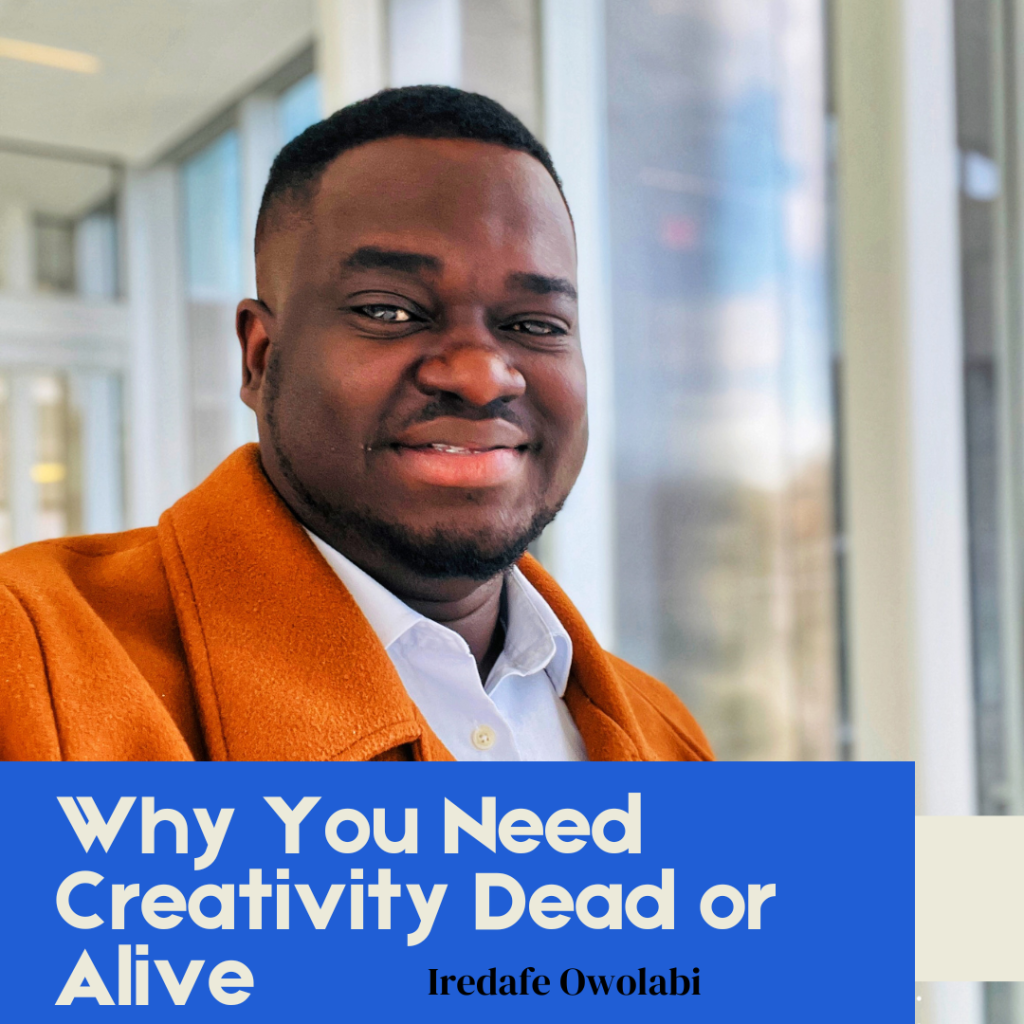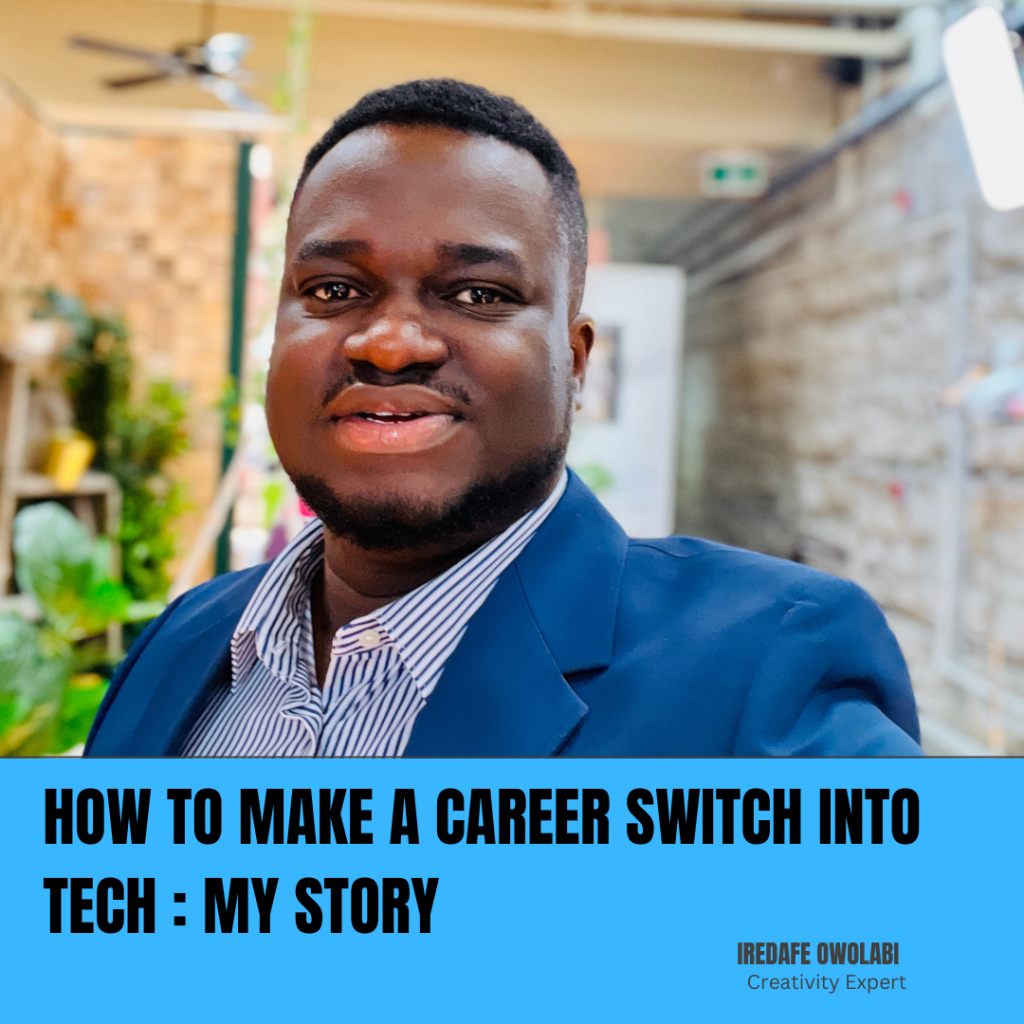2 Mistakes To Avoid When Solving Problems at Work
https://youtu.be/cNudkBsTDvw How to Effectively Solve Problems You Didn’t Create At Work Are there times when you went about solving problems at work or at your office expecting to get a raise and you never got any raise? Are there times where you solved a problem for a client and you did not get rewarded for it or you did not get paid what you were worth for it? In this blog, we’ll consider two mistakes that most creatives make when trying to solve a problem at work. And after you read this article, you are going to learn how to go about solving problems that other people created. As a professional and entrepreneur, I’ve learned that some of the toughest problems to solve are those that others have created. Whether at work, in business, or in personal life, solving other people’s problems can be complex and frustrating. The Problem of Problem Solving Did you know that about 70% of the problems you face at work, business or at home are likely ones you didn’t create? This reality underscores the importance of knowing how to navigate and resolve such challenges effectively. Learning from Biblical Wisdom In the book of Ecclesiastes, there’s a story of a poor wise man who saved a city from a great king but was later forgotten. This narrative highlights the risk of solving problems without considering how your efforts will be valued and remembered. Other Useful Creativity Resources: How to Brainstorm Ideas and Creative Solutions – 8 Easy Steps Why Creativity In Leadership Is Important [3 Reasons] 5 Proven Steps to Tap into Fourth Dimensional Creativity 7 Easy Steps to Achieve Peak Performance Creativity 8 Great Ways to Amplify Your Creativity With Intuition The Two Common Mistakes To Avoid When Solving Problems At Work And Business Mistake 1: Not Understanding the Why Behind The Problem There are many people who try to solve problems with the wrong solution and because they don’t understand the why behind the problem they are trying to solve they use the wrong approach. They use quick fixes, they try to use shortcuts and at the end of the day they produce shortlived solutions that end up creating bigger problems in the long run. If you don’t want to be like the builder who uses inferior materials to build a house, all because they want to save cost in the short term, forgetting that in the long term it could cause a colossal damage or it could bring more expensive problems in the future, you will seek to know the why behind the problem before you solve it. This is because if you know the why as a builder before building you would understand that it is very significant to use the right kind of tools and materials So that you can provide a lasting solution. Listen to Creativity Boost Podcast here for more insights on this. One key to solving problems you didn’t create is understanding why the problem exists. This approach triggers your creativity and helps you find innovative solutions. For example, when King Nebuchadnezzar had a puzzling and troubling dream he couldn’t remember, Daniel understood the importance of finding the solution, which ultimately saved lives. However, Daniel first asked why the king wanted the problem solved so urgently. Daniel did not fuss or obsess about what the problem actually was. He wanted to know why this problem needed to be solved, and why was it so. Why was the king so bent on getting a solution to this problem? Why was this problem something that the king cared so much about that he had such a very stringent punishment for all the wise men in the land, for all the employees in his company? He said, “why is the decree so hasty from the king”? In other words, why does this problem need to be solved? If you’re an employee in an organization, before you solve any problem, even if you know what the problem is, you want to ask yourself, why does this problem need to be solved? Why doesn’t it need to be solved now? Why does this problem? need to be solved. Understanding why a problem needs to be solved triggers your creativity like nothing else. Understanding why a problem needs to be solved stimulates your problem solving acumen. It ignites your creativity and innovation and problem solving ability like nothing else. Many creatives do not understand this and that’s why they struggle to generate creative ideas or creative solutions to problems at work. If you want more hands-on resource that can help you transform your ideas, skills, gifts and talents into profitable solutions, grab a copy of Ignite Your Creativity here. Mistake 2: Not Articulating Your Value Before Or After You Solve The Problem Another critical step is articulating the value of solving the problem to you. While this may seem self-centered, it’s essential for ensuring your efforts are recognized and rewarded. Now, this may sound selfish to some people, but you must understand that in the corporate world of business, money does not move, promotions do not happen, recognitions do not come to you, until you establish value. When you understand this you’ll be able to articulate your value and ensure that you do not get forgotten after delivering that value. There was a little city with few men in it; and a great king came against it, besieged it, and built great snares around it. Now there was found in it a poor wise man, and he by his wisdom delivered the city. Yet no one remembered that same poor man. Then I said: “Wisdom is better than strength. Nevertheless the poor man’s wisdom is despised, And his words are not heard. Eccl 9:14-16 NKJV A similar situation actually happened in the book of 1 Samuel 17, when the Philistines came against the armies of Israel. And Goliath came out and challenged the Israelites to bring a man who would come against him
2 Mistakes To Avoid When Solving Problems at Work Read More »


![Why Creativity In Leadership Is Important [3 Reasons] 3 Creativity In Leadership](https://iredafeowolabi.net/wp-content/uploads/2024/02/Simple-blog-post-Instagram-Post-6-1024x1024.png)




